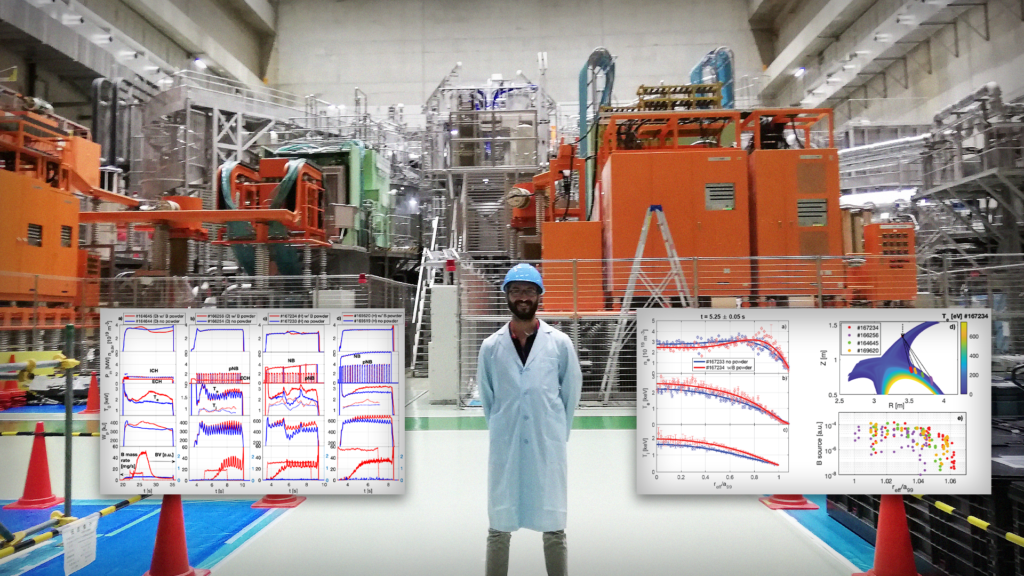
 (Illustration credit: Kyle Palmer / PPPL Communications Department)
(Illustration credit: Kyle Palmer / PPPL Communications Department)Researchers look to machine learning to optimize the design and control of stellarators and tokamaks. Researchers are using artificial intelligence to perfect the design of the vessels surrounding the super-hot plasma, optimize heating methods and maintain stable control of the reaction for increasingly long periods. A new article explains how a researcher team used machine learning to avoid magnetic perturbations, or disruptions, which destabilize fusion plasma.
The intricate dance of atoms fusing and releasing energy has fascinated scientists for decades. Now, human ingenuity and artificial intelligence are coming together at the U.S...
Read More







Recent Comments